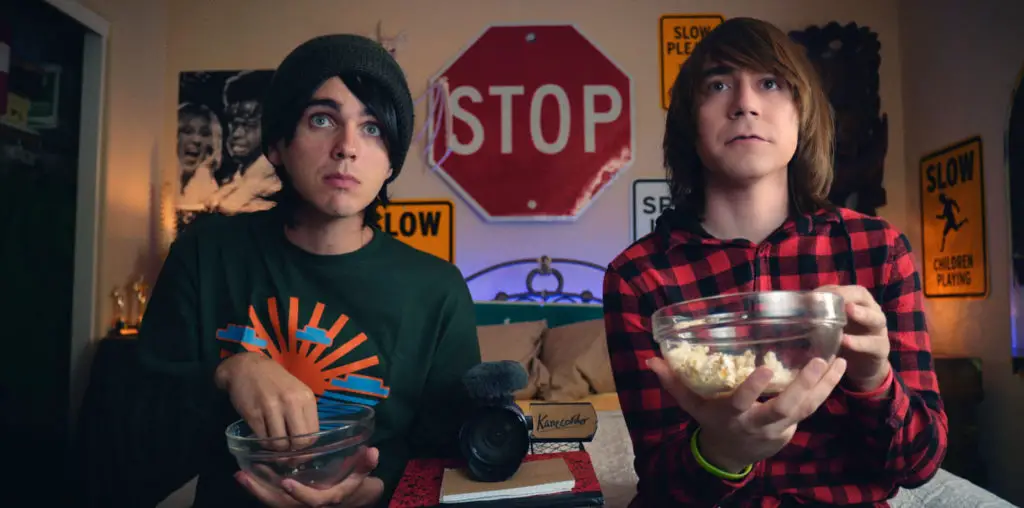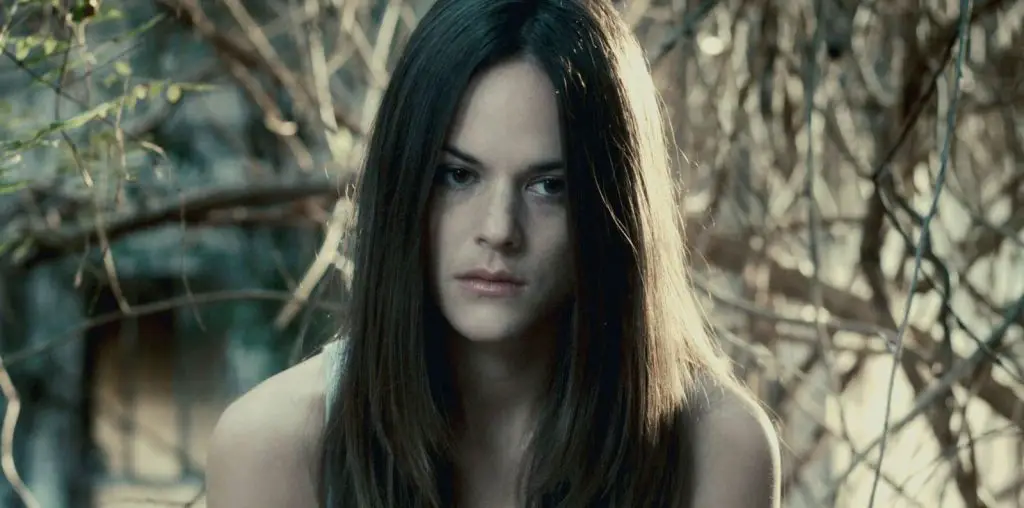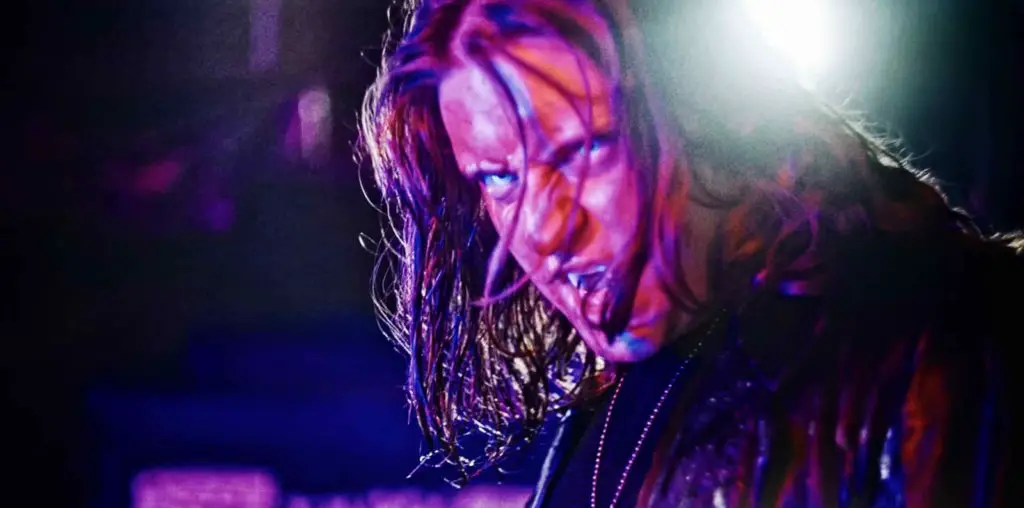
* * *
Director & Writer: Ron Judkins
Producers: Molly M. Mayeux & Collin Phillips
Starring: Rachael Leigh Cook, Ryan Alosio, Rainer Judd, Margot Kidder, Stuart Margolin et al.
1999
Pull Me to the Backseat: The Hi-Line
I had it all planned out. If “shy” received the highest number of votes for Film Phonics Week 15, I would watch “Gun Shy” (Eric Blakeney, 2000) starring Liam Neeson and Sandra Bullock because I wanted to find out if these two actors could exude convincing onscreen chemistry. “Shy” indeed won, but I didn’t get to view “Gun Shy” on account of accessibility issues. None of my neighborhood Blockbusters had it (at all or in store); none of the Borders, Barnes & Nobles, Best Buys, or Circuit Citys had it either. In fact, “Gun Shy” is out of print. While searching for it at Media Play, I came across a film called “The Hi-Line” (Ron Judkins, 1999). I have a soft spot Rachael Leigh Cook, even though she sometimes reminds me of a bunny with eyes that are too big for its face. Since “line” and “blues” tied for second place, and “The Hi-Line” was literally within reach, I grabbed it.
The premise: Sam Polvino (Ryan Alosio) masquerades as an employment recruiter for a new department store so that he can fulfill a wish of a dying friend, which is to find a young girl named Vera Johnson (Rachael Leigh Cook), deliver a message, and be on his way. Naturally, when a youngish, relatively attractive male pretends to be someone he’s not in order to help out a terminally ill friend, there are more nuts-and-bolts constructing the story than one can foresee—at least until the story is wholly presented.
When the message is communicated, “The Hi-Line” shifts its concentration to the clichés surrounding the situation, which are woven into the story through the interactions between Sam and Vera. They develop an odd kind of chemistry develops. Sam is a dorkishly charming. Incidentally, Vera is also dorkishly charming. The conversations they have are realistically performed as they are exchanged between two people who can’t get along with each other 100%, generating an awkwardness that is honestly portrayed. Furthermore, she’s supposed to be naïve, but Sam isn’t an extremely bright or wily guy, so the only reason Vera is being taken advantage of is because he goes to see her on a pretense.
Once that mask is stripped away, Judkins’s film highlights themes of abandonment, second chances, and forgiveness. For a quick fix of political commentary, there are a few scenes explicitly conveying that big-corporation-chain-store = bad, especially when it threatens the stability or equilibrium of a small town.
The most narratively significant cliché, though, is the factor—or possibly ‘excuse’—commonly cited as an explanation for what Vera discovers about her past: waiting for a good time. People make and act on decisions that frequently result in some secrets and truths that were always meant to be articulated, but there was never a good time to address them. So these words remain unsaid, unknown, until they find a way out and all the feelings that weren’t supposed to be hurt, hurt anyway.
Ironically, Judkins’s film is mostly about talking. Where some people may consider “The Hi-Line” slow, I see it as soothing. Rachael Leigh Cook’s eyes, snow-packed landscapes, and a scene involving her, Sam, and the backseat of a car equal a movie that lets your mind wonder. You don’t have to give the story your undivided attention to enjoy it.
Stina Chyn puts her viewing habits in your hands. Readers vote on five random words posted at Back Talk. The winning word dictates what she will have to watch and review the following week as that word must appear in the title of the movie. Choose wisely!


